
Senior physics writer Emily Conover joined Science News in 2016. She has a Ph.D. in physics from the University of Chicago, where she studied the weird ways of neutrinos, tiny elementary particles that can zip straight through the Earth. She got her first taste of science writing as a AAAS Mass Media Fellow for the Milwaukee Journal Sentinel. She has previously written for Science Magazine and the American Physical Society. She is a two-time winner of the D.C. Science Writers’ Association Newsbrief award, and a winner of the Acoustical Society of America’s Science Communication Award.

Trustworthy journalism comes at a price.
Scientists and journalists share a core belief in questioning, observing and verifying to reach the truth. Science News reports on crucial research and discovery across science disciplines. We need your financial support to make it happen – every contribution makes a difference.
All Stories by Emily Conover
-
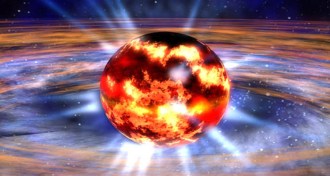 Physics
PhysicsNeutron stars shed neutrinos to cool down quickly
Scientists find the first clear evidence of rapid cooling of a neutron star by neutrino emission.
-
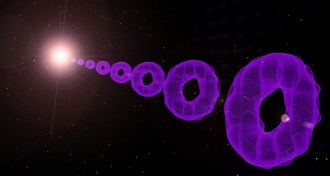 Physics
PhysicsA DIY take on the early universe may reveal cosmic secrets
A conglomerate of ultracold atoms reproduces some of the physics of the early universe.
-
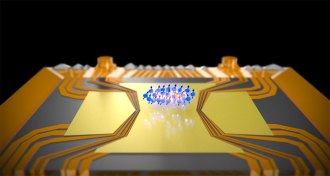 Quantum Physics
Quantum PhysicsSplit atom clouds get entangled in quantum tests
Scientists create quantum links between clouds consisting of thousands of atoms.
-
 Quantum Physics
Quantum PhysicsSpooky quantum entanglement goes big in new experiments
Scientists entangled the motions of two jiggling devices that are visible with a magnifying glass or even the naked eye — if you have keen vision.
-
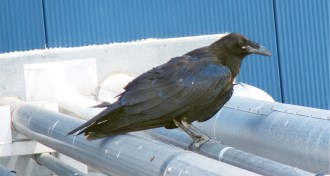 Physics
PhysicsHow ravens caused a LIGO data glitch
Ravens pecking at frosty pipes caused a glitch in gravitational wave data.
-
 Science & Society
Science & SocietyHere’s why putting a missile defense system in space could be a bad idea
Expanding missile defense capabilities could put the world on a slippery slope to space warfare.
-
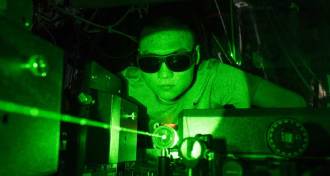 Physics
PhysicsA key constant’s new measurement hints ‘dark photons’ don’t exist
New measurement of the fine-structure constant is the most precise yet.
-
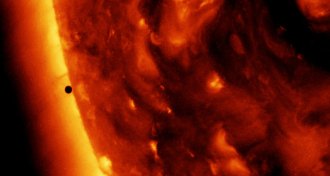 Physics
PhysicsEinstein’s general relativity reveals new quirk of Mercury’s orbit
A tiny effect of general relativity on Mercury’s orbit has been calculated for the first time.
-
 Particle Physics
Particle PhysicsThe search for mysterious dark matter underdogs steps up
Dark matter particles called axions are finally being put to the test.
-
 Physics
PhysicsHow physicists will remember Stephen Hawking
Researchers reflect on Stephen Hawking's contributions to the field and the cosmological puzzles he left behind.
-
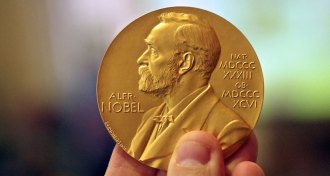 Cosmology
CosmologyWhy the Nobel Prize might need a makeover
In Losing the Nobel Prize, astrophysicist Brian Keating discusses the downsides of science’s top honor.
-
 Life
LifeWhy cracking your knuckles can be so noisy
Knuckles crack due to the partial collapse of bubbles in joint fluid, a new study suggests.